Edvard Grieg (1843-1907) was the foremost Scandinavian composer of his generation. He was a celebrated figure on the European musical stage, and highly esteemed by Liszt, Brahms, and Tchaikovsky. Influenced by the late-Romantic spirit he was a master of the lyric miniature, and especially successful in his songs and short piano pieces.
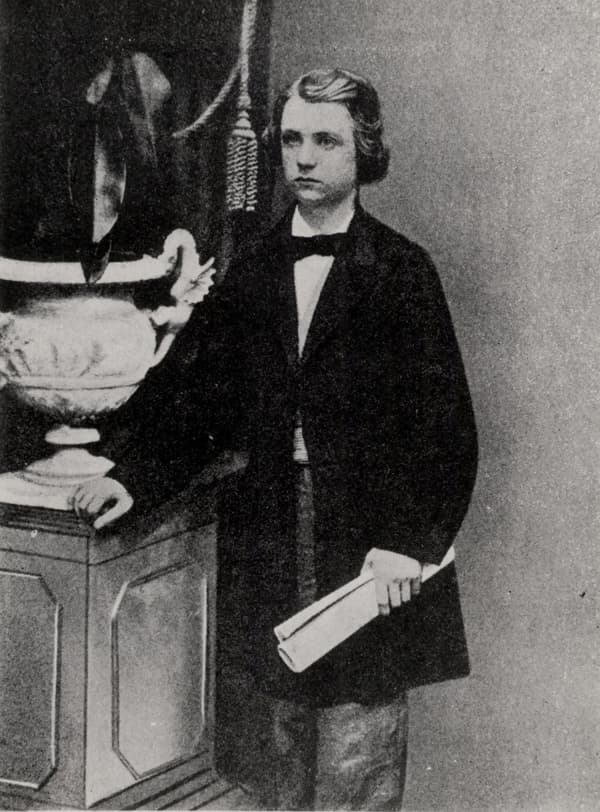
Edvard Grieg in Leipzig, 1859
Educated at the Leipzig Conservatory, he eventually became the principal promoter of Norwegian music. Throughout his illustrious career as a pianist and composer, Edvard Grieg extensively drew inspiration from the musical sources of his native Norway. He ardently nurtured a passionate faith in the possibility of developing a distinctively Norwegian musical style. Above all, his involvement with folk music had a significant effect on his harmonic imagination and fostered radical advances in his harmonic language. His music spread rapidly throughout Europe, and his lyric pieces became an integral part of the amateur pianist market. His music was equally at home in concert halls and living rooms, and his piano concerto became a fixture on the concert stage. Throughout his life and career, countless highly talented and interesting individuals surrounded Grieg, and in this little series, we will meet some of them.
Edvard Grieg: Piano Concerto in A minor, Op. 16
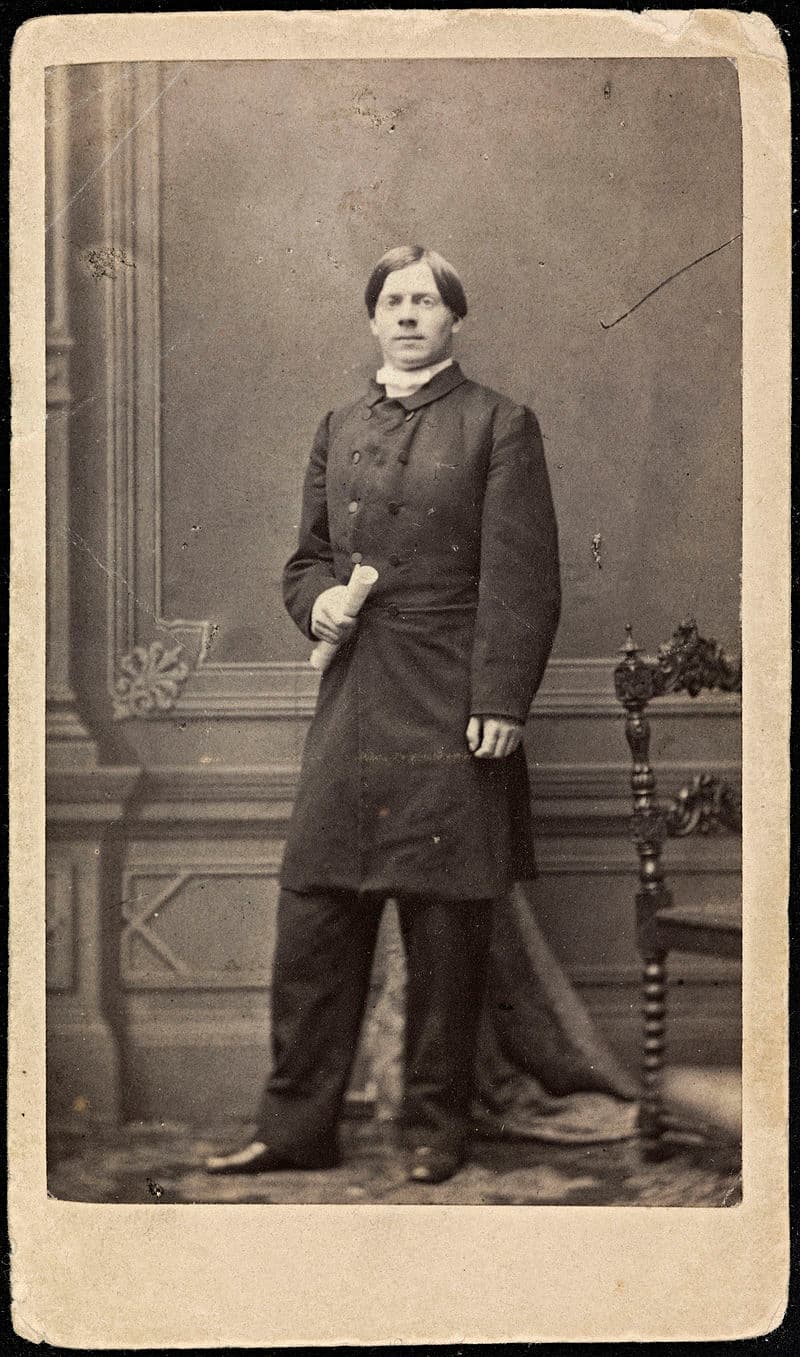
Rikard Nordraak, 1860
One of Grieg’s most influential friends was Rikard Nordraak, the composer of Norway’s national anthem. Grieg first met him in 1864, and he writes, “through him and only through him I saw the light…He was a dreamer, a visionary, born without the ability to bring his own Art up to the same level as a vision…I tried to find a way to express some of the best in me… the best lay in the love of the fatherland, and appreciation for the great, melancholic nature of western Norway. I would—perhaps—never have become aware of this, if I had not through Nordraak been led to self-observation.” Without doubt, Nordraak inspired Grieg to devote himself to the cultivation of specifically national art. His Humoresques Op. 6 are dedicated to Nordraak, and it was his influence that led Grieg to dedicate his career to Romantic nationalism. Grieg also joined Nordraak and others in the founding of the “Euterpe” society, an organization with the expressed aim to promote Scandinavian music.
Edvard Grieg: Humoresques, Op. 6 (Einar Steen-Nøkleberg, piano)

Niels Gade
Grieg showed the Humoresques to Niels Gade, who wasn’t entirely happy. Grieg recounts, “as a youth, I showed him my piano humoresques and he went through the entire manuscript without uttering a word. Then he started making low grunting sounds, the grunts increased in strength, till finally burst out: Tell me now Grieg, is this supposed to be Norwegian? Modestly and with hurt feelings, I said: It is, professor.” Grieg had made his way to Copenhagen to further his musical experience and sought advice from Niels Gade. Gade was not only recognized as the leader of the Scandinavian Romantic School, but he had also been a friend and trusted colleague of Schumann and Mendelssohn. He did encourage Grieg, but he was disappointed that the Norwegian had published so little. Gade told Grieg to compose a symphony, “but neither by temperament nor by training did Grieg feel fitted for such a task.” However, he did compose his only piano sonata in 1865, and it is dedicated to Niels Gade.
Edvard Grieg: Piano Sonata in E minor, Op. 7 (Pascal Gallet, piano)
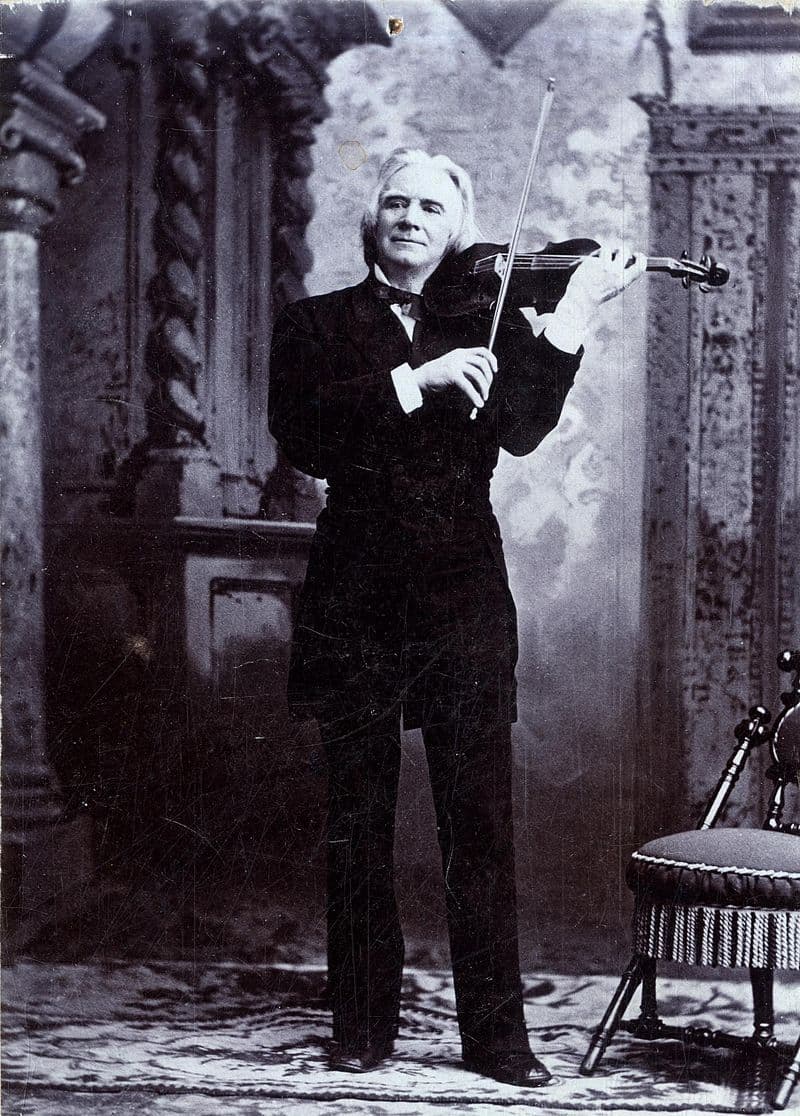
Ole Bull, 1896
The famous Norwegian violinist Ole Bull—known as the Nordic Paganini—was a close friend of the Grieg family. In fact, Bull’s brother was married to Grieg’s aunt. In the summer of 1858 Bull visited the Grieg household and he heard Edvard improvise on the piano. Bull was mightily impressed, and he persuaded Edvard’s parents to send the 15-year-old boy to Leipzig to study at the piano department of the Conservatory directed by Ignaz Moscheles. Grieg did not really enjoy his time in Leipzig, and once he returned home he was refused a government stipend to further his musical training. Grieg left for Copenhagen, and during a meeting with Ole Bull in the summer of 1864 he gradually came to understand that “he knew next to nothing of Norwegian nationalist tendencies of his time and that he scarcely knew any genuine Norwegian folk music.” Bull started to excite Grieg’s enthusiasm for Norwegian peasant culture as he envisioned the emancipation of Scandinavian music. Grieg’s violin sonatas are composed with Ole Bull in mind, and they also describe his search for his own romantic and indigenous folkloric musical style.
Edvard Grieg: Violin Sonata No. 1, Op. 8 (Dmitry Sitkovetsky, violin; Bella Davidovich, piano)

Bjørnstjerne Bjørnson, 1909
In 1903, the Norwegian writer Bjørnstjerne Bjørnson (1832-1910) received the Nobel Prize in Literature. He was the first Norwegian Nobel laureate, and the committee wrote, “as a tribute to his noble, magnificent and versatile poetry, which has always been distinguished by both the freshness of its inspiration and the rare purity of its spirit.” After his studies in Leipzig, Grieg was looking to establish himself in his own country. Initially, he tried to obtain the post of musical director of the Christiania Theatre, a position held by Bjørnson. Unsuccessful, Grieg advertised a series of subscription concerts and undertook a number of journeys. However, by 1870 Bjørnson and Grieg had collaborated on a number of works, including some cantatas and songs. Grieg tried his hands at writing for the stage by setting Bjørnson’s “Sigurd Jorsalfar” to music. The work did receive a public performance in 1872, and they made plans for an opera on a Norwegian subject. Bjørnson sent Grieg the first three scenes of the opera text “Olav Trygvason.” Initially, enthusiasm turned to apathy and bickering, and when Grieg received the invitation from Ibsen to write incidental music for “Peer Gynt,” both he and Bjørnson lost interest in the operatic project.
Edvard Grieg: Land-Sighting, Op. 31 (Stockholm Academic Male Chorus; Einar Ralf, cond.)
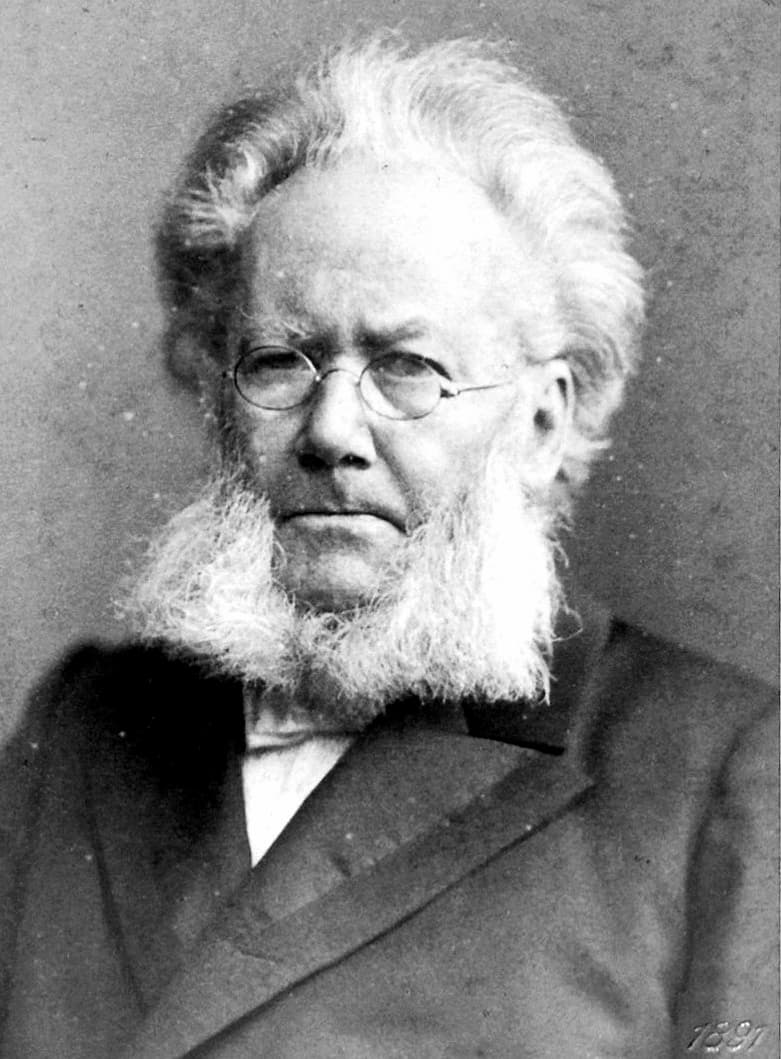
Henrik Ibsen
Edvard Grieg first met the Norwegian playwright and theatre director Henrik Ibsen at the Scandinavian Club in Rome in 1866. Regarded as the foremost playwright of the 19th century, the two artists kept in touch during the years when Grieg was struggling for livelihood and recognition in the Norwegian capital. In 1874, Ibsen invited Grieg to compose incidental music for “Peer Gynt.” He writes, “Dear Mr. Grieg, I send you these lines because of a plan I intend to carry out, and regarding which I desire to know whether you will co-operate with me. The matter is as follows. A third edition of ‘Peer Gynt’ is to appear shortly, and I intend to arrange it for performance on the stage. Will you compose the music…” Grieg gladly accepted the invitation because he believed that only a few short fragments of music were required. In the event, it turned out to be a massive project as Ibsen staged 40 scenes that “move uninhibitedly in time and space and between consciousness and the unconscious, blending folkloric fantasy and unsentimental realism.” In all, Grieg composed 26 numbers and subsequently extracted two suites of four pieces, which became some of the composer’s most popular concert music.
For more of the best in classical music, sign up to our E-Newsletter
Edvard Grieg: Peer Gynt Suite No. 2, Op. 55 “Solveig’s Song”

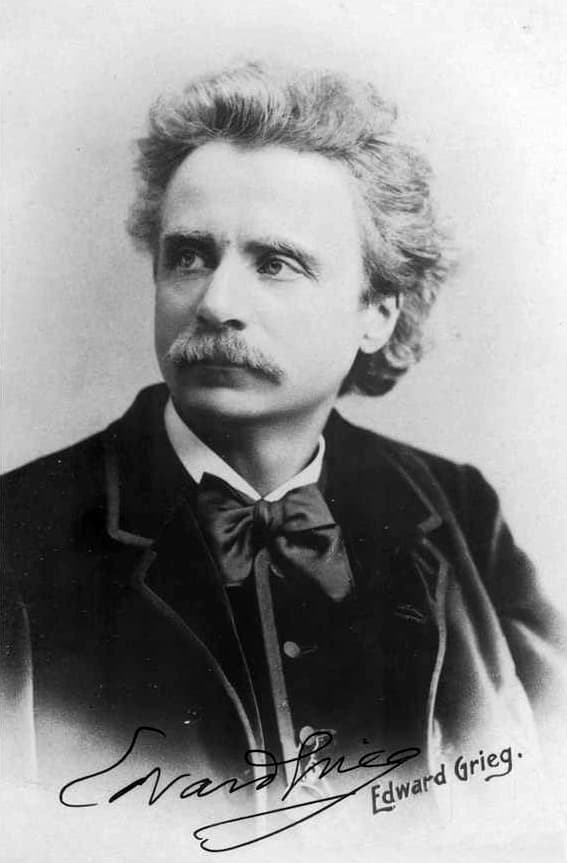

Very interesting article on Grieg and his friends. Great photos !